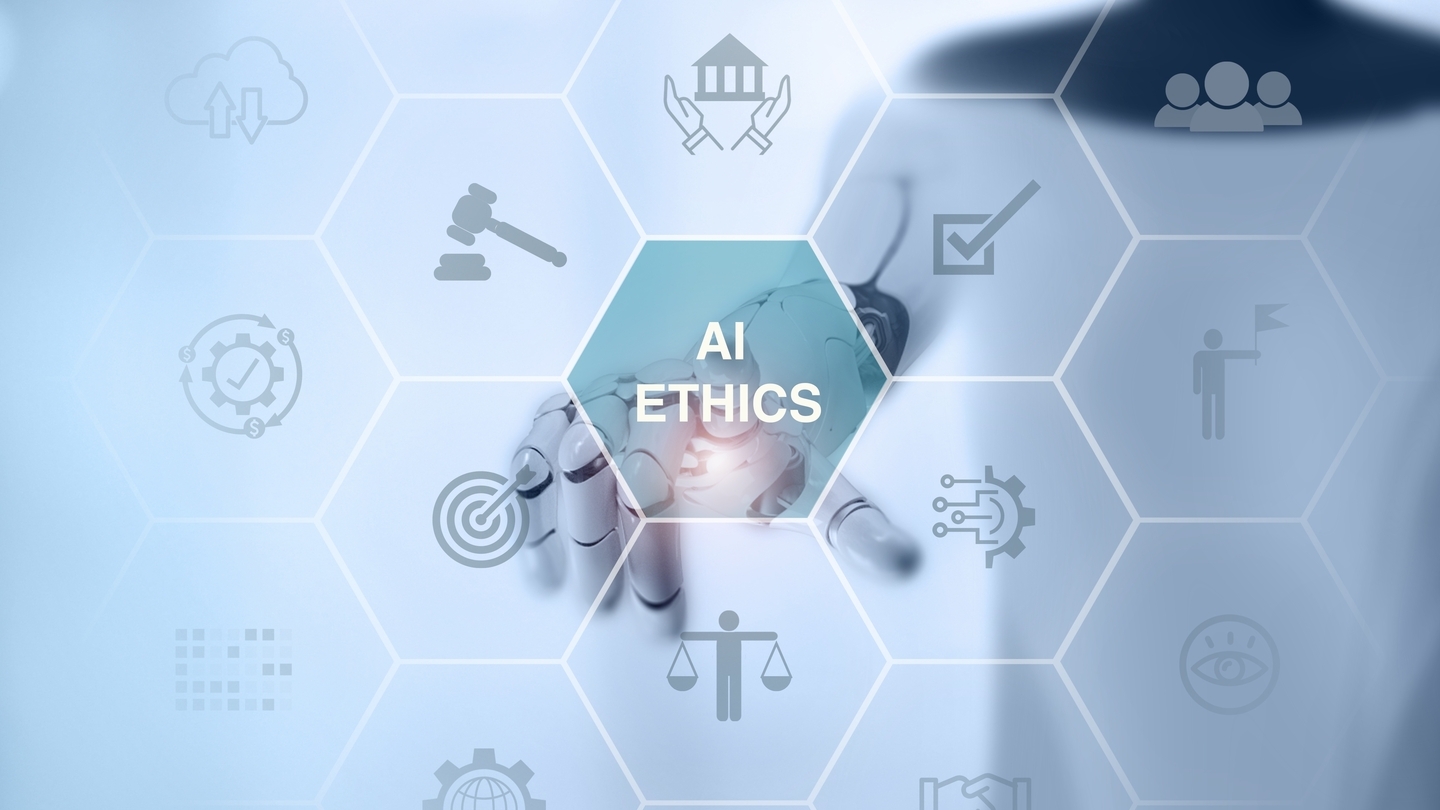Watermarking solutions remain especially popular for premium content like sports, while blocking capabilities are also growing – albeit with some controversy, writes David Davies.
Broadcasters and media service providers now have more options than ever before in terms of technologies and techniques to combat illegitimate activity propagated by organised crime groups and, increasingly, nation-states. Two of these mechanisms include watermarking and blocking.
The former is not particularly new, of course, but is now increasingly prevalent across streaming services, especially those involving premium content such as sports and tentpole dramas. But the way in which watermarking is delivered is continuing to mature and evolve, with ‘as-a-service’ models now commonplace.
The rise of blocking, however, is more recent and has attracted some controversy because of perceived drawbacks like the possible inadvertent obstruction of legitimate services. For instance, the recently launched Pirate Shield project in Italy, which aims to protect the big sports rights holders – such as DAZN, Sky, Prime Video and Infinity – by blocking unauthorised viewing of live events has attracted criticism from some ISPs, VPNs and consumers. At the least, further refinements would seem to be inevitable...
You are not signed in.
Only registered users can view this article.

Finding our ethical true north on AI: Part II
Part two of our insight into AI ethics and regulation continues with observations on industry efforts around standards and best practices, and why human impact should be the guiding force. James McKeown reports.
/Source - shutterstock_2464837145 (1).jpg)
Digital Catapult: AI innovations to supercharge the creative industries
Accelerated VFX workflows, video game characters you can converse with, and auto-generated visual experiences from sound for XR headsets are just some of the AI innovations devised by start-ups as part of a recent Digital Catapult programme. Adrian Pennington reports.
.jpg)
Neural Radiance Fields – A new approach to 3D modelling
From the chemical, mechanical and electrical process of creating a film, to the rise of virtual production, visual storytelling has always turned to cutting-edge technologies. Now Neural Radiance Fields (NeRF) could replace the traditional technological foundations that broadcasting and film are built upon. IBC365 speaks to leading researcher, Professor Ravi Ramamoorthi.
.jpg)
Future predictions – Part II: Leaders and analysts
The coming year hints at big changes in focus and innovations for the media and entertainment world. With giant leaps in AI advancements, streamlining production and the road ahead for ad-tech, how can vendors meet the demands of the hungry yet cost-conscious consumer, whilst staying ahead of the game? John Maxwell Hobbs gathers more expert insight from leaders and analysts in the second part of our future predictions series.

Future predictions – Part I: Broadcasters and suppliers
As we wrap up 2024, it’s time to consider what lies ahead for the media industry in 2025. John Maxwell Hobbs probed industry executives to share their crystal ball predictions on themes spanning the impact of AI, the transition from hardware to software-based solutions, data security and ways of reaching new audiences.

